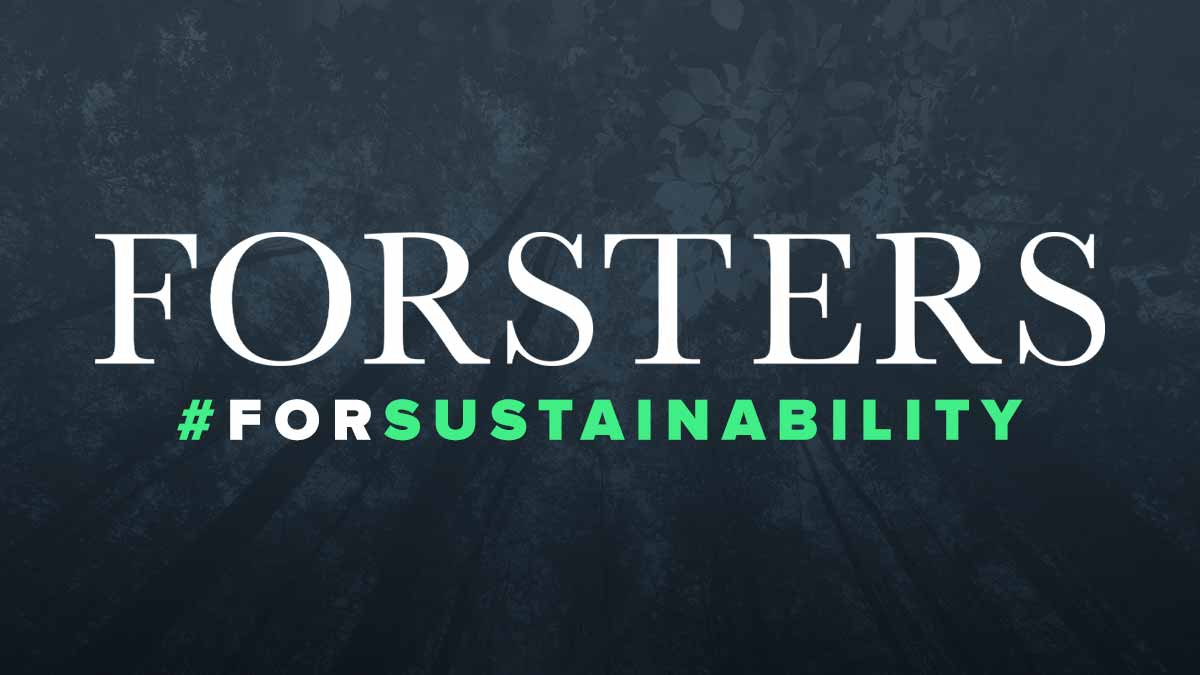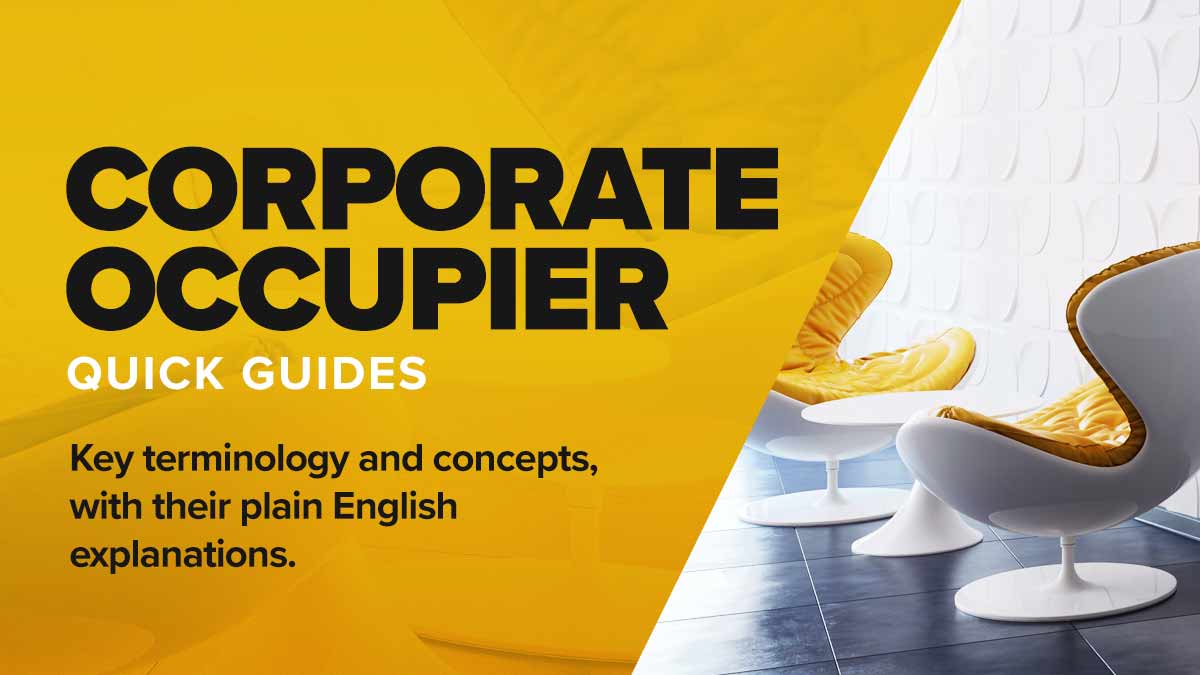Five key considerations for occupiers seeking sustainable office premises
Whilst the world of sustainability can seem overwhelming, these five key considerations should begin to show that small changes in outlook and focus can make an impact. Furthermore, the business environment is changing in such a way that companies will soon be under legal obligations and well as commercial pressure to achieve a more sustainable workplace, and so landlords, occupiers and businesses alike should look to be at the forefront of this drive for change in order to stand out in their marketplace.
Focus your search on developments with sustainability and well-being focused building certifications
If you are set on a sustainable focus for your move, your search should ideally be directed at buildings which have an accreditation such as BREEAM, LEED, NABERS, WELL, Fitwel or SKA Rating already in place. Whilst buildings which achieve these accreditations often achieve higher rents in the real estate market, many occupiers are beginning to realise the long-term benefits of a building with strong all-round ESG credentials. Long-term savings can be achieved due to energy efficiency whilst buildings which support healthier, happier and more productive environments can help in attracting and retaining talent. Commercial leaders have driven the reform of the office with well-known companies such as Google showcasing that investing in great design and smart office planning can boost profits by increasing employee productivity, efficiency and engagement.
Check the energy efficiency rating of the premises
Check the EPC rating of any premises you are considering as this is a simple but key indicator of the efficiency of the premises. Under the MEES regulations it is an offence for a landlord to let a property (where no exemptions apply) which has a rating of less than E. However, given the UK’s net zero carbon target by 2050, the 2020 Energy white paper confirmed that the future trajectory for MEES will be EPC B by 2030. Commercial occupiers should consider challenging any potential future landlord where the premises has a rating which is C or lower with this consultation in mind and pushing for the landlord to bring the premises up to a B rating before taking occupation.
The Government also proposes to introduce mandatory in-use operational ratings for commercial buildings. This will measure metered energy consumption and associated carbon emissions to monitor how well the building is being maintained and how effectively energy is being used. This will put further pressure on landlords and occupiers to consult one another both before taking up office space and during a lease term on the efficiency of the premises and the occupier’s use of the premises. This in turn highlights the importance of green lease provisions which are explored further below.
Commuting and green transportation incentives
Location is a key consideration for any office move – alongside this considering how employees will travel to the office and whether green incentives can be put in place following the move will be key in ensuring sustainable future practice. To encourage bicycle use, consider fitting bike racks, shower facilities and lockers to provide employees with the opportunity to bike to work. If this is not a possibility within your premises, then discuss with any potential landlord to see if they would consider providing these facilities within the building.
Request green lease provisions
A green lease is a key resource in allowing owners and occupiers to work collaboratively to enable sustainable practices and to clearly identify the roles and responsibilities of both parties in achieving sustainable occupation and operation of the premises and building. Green lease provisions can cover reducing energy and water use, waste management, transport incentives, improving EPC ratings and anything else which a landlord and/or tenant can effectively manage to have a positive impact on the sustainability of a building.
For tips on negotiating green lease terms and what documents to look out for please see our Green Lease Playbook.
Plan a sustainable fit out
When fitting out the premises – consider how the fit-out can be carried out in a more sustainable way, for example:
- Installation of smart meters – this is a simple but very effective way to monitor energy usage and to impact upon occupiers’ energy consumption behaviours.
- Sustainable supply chains – check where products are manufactured, and whether suppliers are local and sustainable, ensure that environmental, social, economic and legal concerns are considered across the entire supply chain.
- Where possible use demountable partitions which can be re-used if the premises are later refurbished or need to be used in a different way.
- Where sanitary fittings are being replaced ensure these are water-efficient (i.e. dual or low flush WCs and low flow taps with automatic shut off).
- Recycling/up-cycling furniture and using materials made from recycled and, where possible, recyclable products.
- Use of plants to serve as a space divider (rather than plastic screens).
- Maximise natural light and use energy efficient lighting such as LED lights with sensors in meeting rooms and pods so that lights are off when rooms are not in use.
- Ensure use of sustainable utilities such as air conditioning, heating and ventilation
- Assess products such as paints, varnishes, coatings, adhesives, sealants and any composite wood products to choose low-VOC (Volatile Organic Compounds) alternatives where practical.
For information on the importance of addressing embodied carbon – the other key factor in establishing the total carbon footprint of a building, please see our Embodied Carbon Quick Guide.
Download a PDF version of this article.
Lorna is a Senior Associate and Lauren a Paralegal, both working in our Commercial Real Estate team.
Our Sustainability Hub
Our sustainability hub brings together the team’s insights and legal expertise on a broad range of environmental matters that affect our clients' business and personal affairs. This is a rapidly evolving and wide-ranging area of law and we will continue to share our insights about related legal developments on this hub.
Corporate Occupiers - Key terminology guides
A list of key terminology and concepts relevant to corporate occupiers of UK real estate with their plain English explanations.


